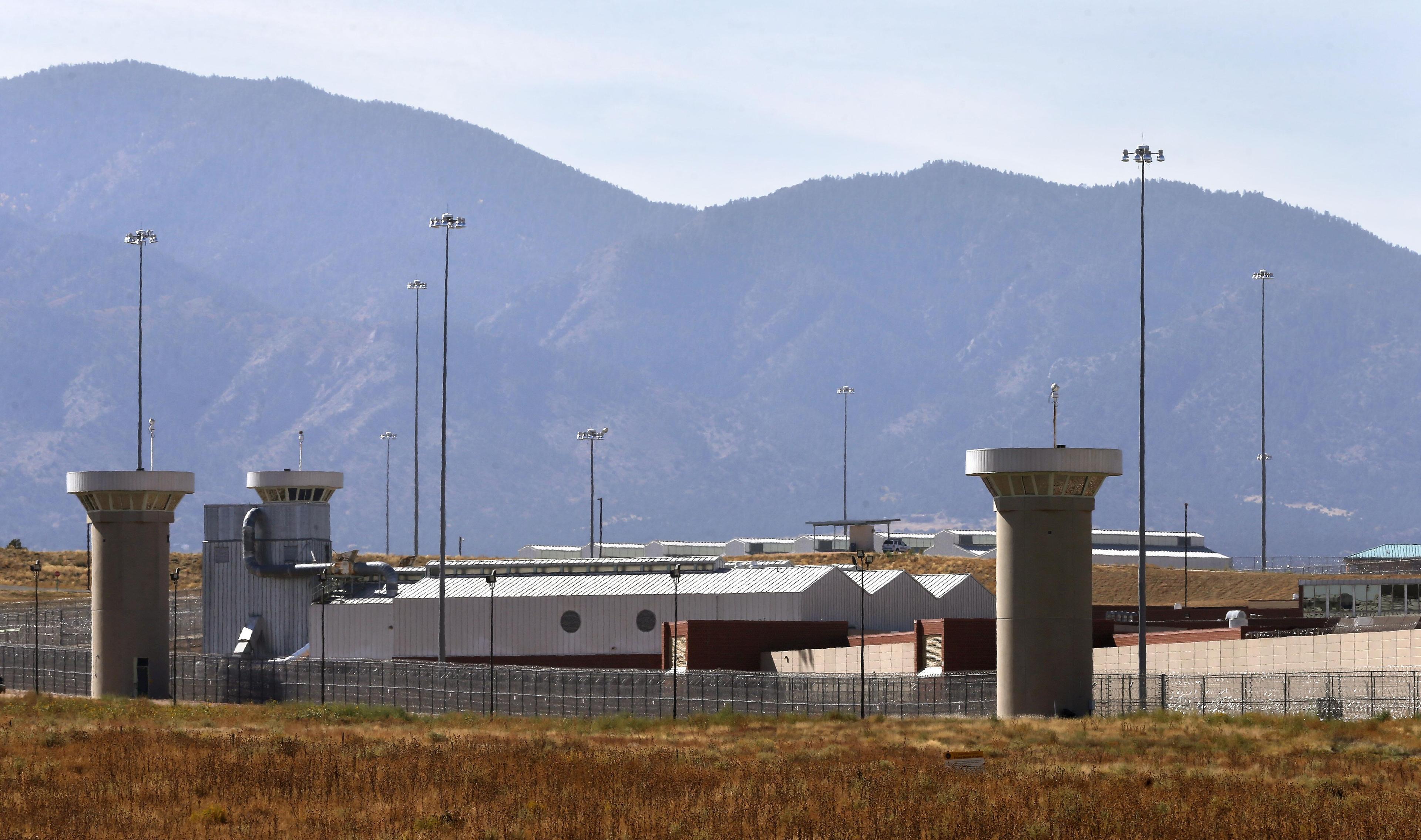Updated 2:33 p.m. ET
By a 5-4 margin, the U.S. Supreme Court upheld a controversial Ohio voter-purge law.
It's known as the "use-it-or-lose-it" law, and it's the most aggressive voter-purge system in the country. The state currently strikes voters from the registration rolls if they fail to vote in two consecutive elections — and if they fail to return a mailed address confirmation form.
Those challenging the law said it violated the National Voting Rights Act, which says that a state cannot strike someone from the rolls for failure to vote. The emphasis is to get more people to vote — and not have them purged.
Justice Samuel Alito wrote the majority opinion with the court's other conservatives signing on. The first line of the opinion lays out evidence for why Alito sees the need to clean up voter rolls.
"It has been estimated that 24 million voter registrations in the United States—about one in eight—are either invalid or significantly inaccurate," Alito writes, citing a Pew Center on the States study. "And about 2.75 million people are said to be registered to vote in more than one State."
This was the same study that incoming Trump White House officials cited — misleadingly -- to make the case that voter fraud was occurring and immigrants in the U.S. illegally were voting.
"Some numbers include the Pew Research study that said that approximately 24 million, or one out of every eight, voter registrations in the United States are no longer valid or significantly inaccurate," Jason Miller, then-spokesman for the president-elect, told reporters in a conference call week after the November 2016 election. "And in that same Pew Research study, the fact that 2.5 million people have registrations in more than one state. So all of these are studies and examples of where there have been issues of voter fraud and illegal immigrants voting."
The president himself claimed that he actually won the popular vote, despite losing it by about 2.9 million votes, because of voters who voted illegally. There has never been evidence that millions are voting illegally. In fact, a five-year Bush administration study resulted in 86 convictions.
The Help America Vote Act "dispelled any doubt that a state removal program may use the failure to vote as a factor (but not the sole factor) in removing names from the list of registered voters," Alito notes. "That is exactly what Ohio's Supplemental Process does. It does not strike any registrant solely by reason of the failure to vote."
The dissenting a opinion was written by Justice Stephen Breyer, who said the majority misinterpreted the law. He noted that federal law does not allow someone to be purged from the rolls "by reason of the person's failure to vote. In my view, Ohio's program does just that."
Reaction from both sides was swift.
On the right, Ohio Secretary of State John Husted, whose name the case bears, not only expressed celebration, but went further calling his state's efforts to clean up voter rolls "a model for other states to use."
"Today's decision is a victory for election integrity, and a defeat for those who use the federal court system to make election law across the country," Husted said in a statement. "This decision is validation of Ohio's efforts to clean up the voter rolls and now with the blessing nation's highest court, it can serve as a model for other states to use."
The Democratic National Committee called the ruling "an attack on democracy." Civil-rights advocates believe the ruling could leave millions of legal voters off the rolls. The DNC accused Republicans of playing politics, rather than trying administer better elections.
"This ruling emboldens Republicans in states across the country in their efforts to remove millions from their rolls simply for not voting," the DNC said. "Make no mistake: this case was about nothing more than Ohio Republicans trying to tilt elections in their favor by blocking communities of color from the ballot box — all under the guise of preventing 'voter fraud.'"
The Obama Justice Department had sided with the lead plaintiff in the case, Larry Harmon, a software engineer from the Akron area. But once Trump was elected, the DOJ did an about-face and switched positions.
Harmon normally votes in presidential election years but not midterms. He voted in 2004 and 2008, but not in the 2010 midterms, in the 2012 presidential election (because neither Barack Obama nor Mitt Romney excited him) or in the 2014 midterms.
He decided to vote in 2015 — wanting to vote against a marijuana legalization ballot initiative — but he found he was no longer registered. He had been purged from the voter rolls, because he hadn't voted in the previous two federal elections — and because, the state says, he never returned a notice, sent to him in 2011, asking him to verify that he was eligible to vote. Harmon says he does not remember receiving one of those notifications.
What's more, as Justice Breyer notes, 1.5 million notices were sent out (roughly 20 percent of the state's voters) and the state got back only about 300,000, or 17 percent.
In the end, Breyer writes, "there were more than one million notices — the vast majority of notices sent — to which Ohio received back no return card at all."
Failure to vote is not unusual in this country. In 2016, 29 percent of the registered voters in Ohio failed to vote. Nationwide, the number was even higher, more than a third, according to the U.S. Election Assistance Commission.
Read the decision here:
9(MDEyMDcxNjYwMDEzNzc2MTQzNDNiY2I3ZA004))








